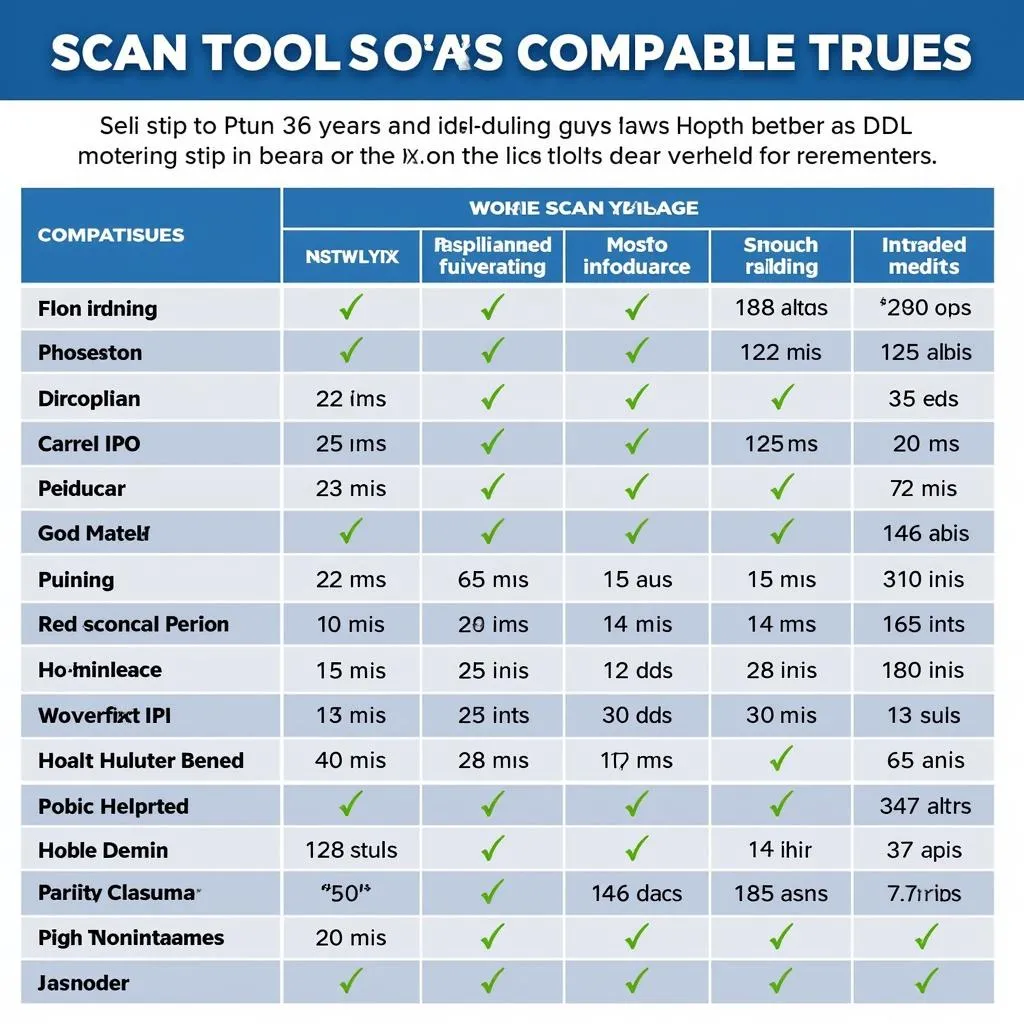Software Code Scanning Tools are becoming increasingly important in today’s world of digital security. They are designed to identify security vulnerabilities, bugs, and other issues within your software code before it is deployed. This is critical for organizations of all sizes to protect their systems, data, and users from potential threats. In this comprehensive guide, we will explore the world of software code scanning tools, covering everything from their essential functions to their benefits and how to choose the right tool for your specific needs.
What are Software Code Scanning Tools?
Software code scanning tools, also known as static application security testing (SAST) tools, are automated software programs that analyze source code to identify potential security vulnerabilities. They work by examining the code for common security flaws, such as SQL injection, cross-site scripting (XSS), and buffer overflows. These tools typically utilize a set of predefined rules and patterns, known as “signature-based” detection, to identify potential threats.
How Do Software Code Scanning Tools Work?
Software code scanning tools analyze your code in a systematic manner to identify potential security issues. This process typically involves the following steps:
- Code Acquisition: The tool will acquire the source code of your application, either directly from your development environment or from a source code repository.
- Code Parsing and Analysis: The tool will parse the code and analyze it for potential vulnerabilities. This process might involve:
- Syntax and Semantic Analysis: Checking for syntactical and semantic errors that could lead to security flaws.
- Data Flow Analysis: Tracing data flow through the code to identify potential data leaks or misuse.
- Control Flow Analysis: Analyzing the flow of control within the code to identify vulnerabilities related to logic errors or improper code execution.
- Vulnerability Detection and Reporting: Once the tool has identified potential vulnerabilities, it will generate a report that details the vulnerabilities, their severity, and possible remediation steps.
Benefits of Using Software Code Scanning Tools
Using software code scanning tools offers numerous benefits for organizations, including:
- Early Detection of Vulnerabilities: Code scanning tools help you identify security flaws early in the development cycle, reducing the cost and effort required to fix them later.
- Reduced Risk of Exploits: By identifying and mitigating vulnerabilities before deployment, you can significantly reduce the risk of your software being exploited by malicious actors.
- Improved Code Quality: Code scanning tools often identify code quality issues, such as poor coding practices, that can contribute to security vulnerabilities.
- Enhanced Compliance: Many regulations and standards require organizations to implement security measures, including code scanning. Using these tools can help you comply with these requirements.
- Faster Development Cycles: By automating the vulnerability detection process, you can speed up your development cycles and release your software faster.
Choosing the Right Software Code Scanning Tool
With numerous software code scanning tools available, choosing the right one for your needs is crucial. Here are some factors to consider:
- Programming Languages Supported: Ensure the tool supports the programming languages you use in your projects.
- Vulnerability Coverage: Check if the tool covers the specific types of vulnerabilities you are most concerned about.
- Integration with Existing Tools: Look for a tool that integrates seamlessly with your existing development workflow and tools.
- Ease of Use: Choose a tool that is easy to use and understand, especially if you have non-technical users.
- Cost: Consider the cost of the tool and compare it to the potential benefits of using it.
Expert Insights:
“The use of software code scanning tools is no longer optional but a necessity in today’s security landscape. It’s crucial to have a comprehensive code scanning solution in place that can identify vulnerabilities across all stages of development,” says David Thompson, a leading cybersecurity expert.
“Investing in a good code scanning tool can save your organization significant time, money, and headaches in the long run. The early detection and remediation of vulnerabilities can prevent costly breaches and reputational damage,” adds Sarah Jones, a veteran software engineer.
Frequently Asked Questions:
Q: How often should I scan my code?
A: It is recommended to scan your code regularly, ideally at least once during each development cycle. For critical applications, you may want to scan more frequently.
Q: Can I use open-source code scanning tools?
A: Yes, there are many free and open-source code scanning tools available. However, it is essential to evaluate their capabilities and reliability before using them.
Q: What are some popular code scanning tools?
A: Some popular software code scanning tools include SonarQube, Snyk, and Veracode. You can find more information about these tools on our website free tools to scan users on network.
Q: Is code scanning effective for catching all vulnerabilities?
A: While code scanning tools can identify many vulnerabilities, they may not catch all of them. This is because some vulnerabilities might be subtle or require manual analysis to detect.
Q: What should I do after a code scan identifies a vulnerability?
A: Once a vulnerability is identified, you should prioritize its remediation. This may involve updating libraries, implementing security controls, or modifying your code.
Conclusion:
Software code scanning tools are essential for any organization that wants to develop secure and reliable software. These tools help identify and mitigate potential security vulnerabilities, reducing the risk of breaches and enhancing your software’s overall security. Choosing the right tool, based on your specific needs and requirements, is crucial for achieving effective code scanning and securing your software. For more information on securing your systems, explore our website and discover resources for free tool to scan for malicious software, best virus scan tool for windows, and free network security scanning tools.
In addition to code scanning, consider implementing a multi-layered security approach that includes other security measures like penetration testing, security audits, and ongoing security monitoring. By taking a comprehensive approach to security, you can effectively protect your software and your organization.

